Wildfire evacuation checklist.
Prepare your family
for wildfire.
How do you create a wildfire evacuation plan?
Evacuating your home due to wildfire is scary and emotional. If you do have to evacuate, a well-thought-out plan will ensure you know what to do and where to go. Ultimately, planning for wildfire before it happens will keep your family safe. With the right tools you can prepare today. A wildfire evacuation checklist helps ensure you don’t forget critical evacuation steps that can save your home and your loved ones.
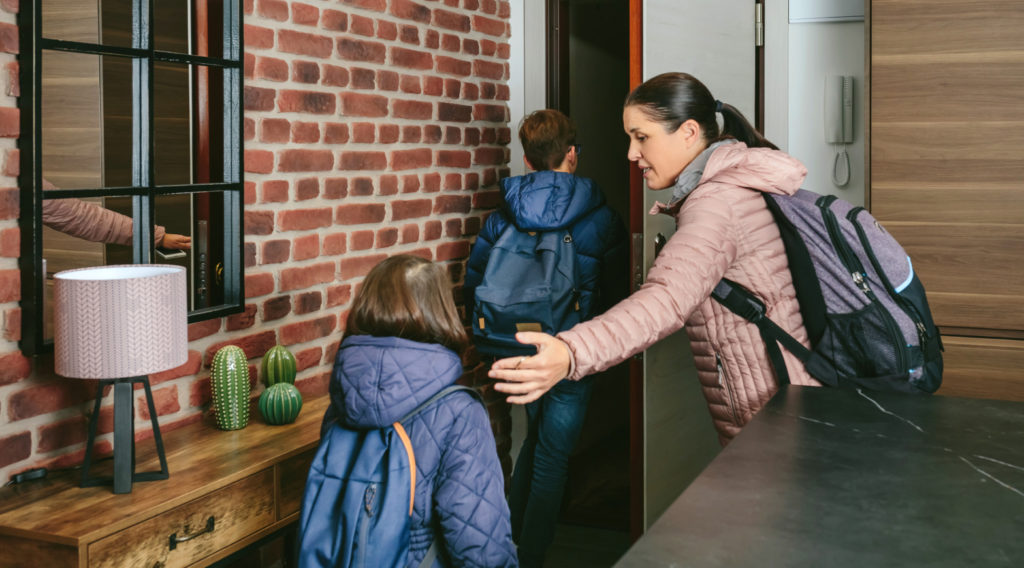
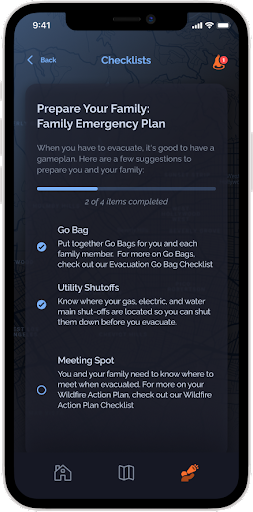
Prepare your family for wildfires before they happen.
The Frontline app helps you prepare your home and your family for wildfire. Follow step-by-step guidance through specific wildfire preparation checklists, planning evacuation routes, and preparing an evacuation go-bag. With the emergency wildfire contact group feature, you can invite friends and family to receive and share critical status updates in the event of a wildfire.
Download the app for free today.
Prepare a wildfire evacuation go-bag.
If you have to evacuate, things will likely be a little hectic. Prepare a fire evacuation go-bag ahead of time and keep it in a place where you can grab it at a moment’s notice, without having to worry about what to pack. Key items to consider include:
- Face masks
- First aid kit
- Flashlight
- Evacuation map
- Medications
- Water
- Car keys
- Cash
- Food for 3 days
- Extra clothes & shoes
- Contacts/glasses
- Copies of IDs & documents
- Battery-powered radio
Track your progress putting together a wildfire evacuation kit on the Frontline App.
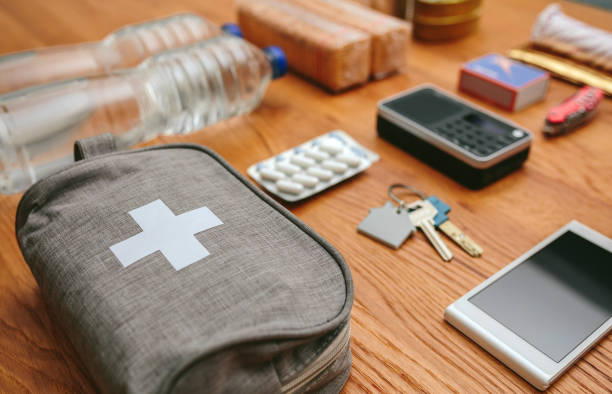
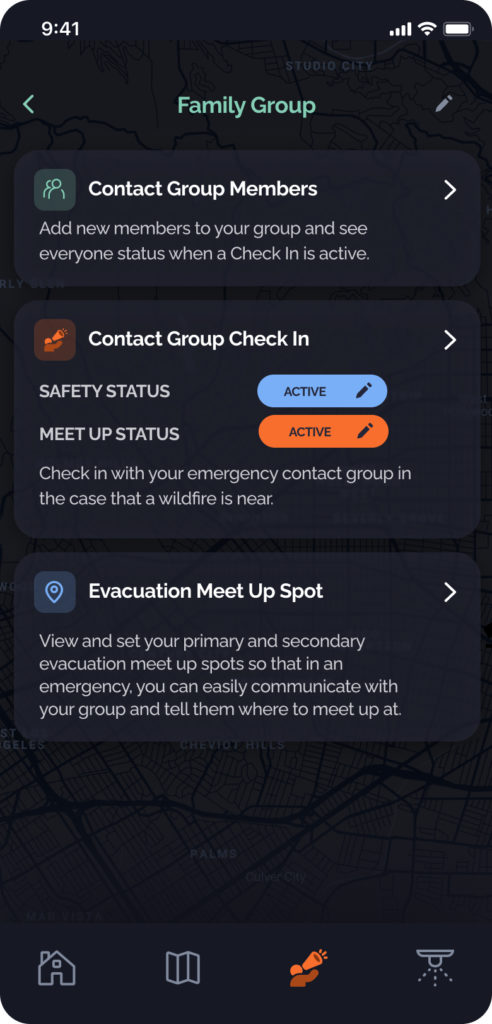
Create wildfire emergency contact groups.
Using the Frontline app, you can create a wildfire emergency contact group. This feature allows you to invite friends, family, and neighbors into an emergency group so they can share and receive critical notifications during a wildfire evacuation order. You can set evacuation meeting locations, monitor your group’s evacuation status, and send group updates
Download the app for free today to create your evacuation contact group.
Wildfire evacuation checklists.
When you are ordered to evacuate, there are several critical actions that you can take to help save your home. The Frontline app can help guide you through your fire evacuation plan and ensure you don’t forget anything on your fire evacuation checklist. Below are a few examples of actions to take before you evacuate.
- Move patio furniture inside your home or 30 feet from your home
- Pull your doormats inside
- Open fence gates
- Shut all windows and doors (interior too)
Get more evacuation checklist tips on the Frontline App
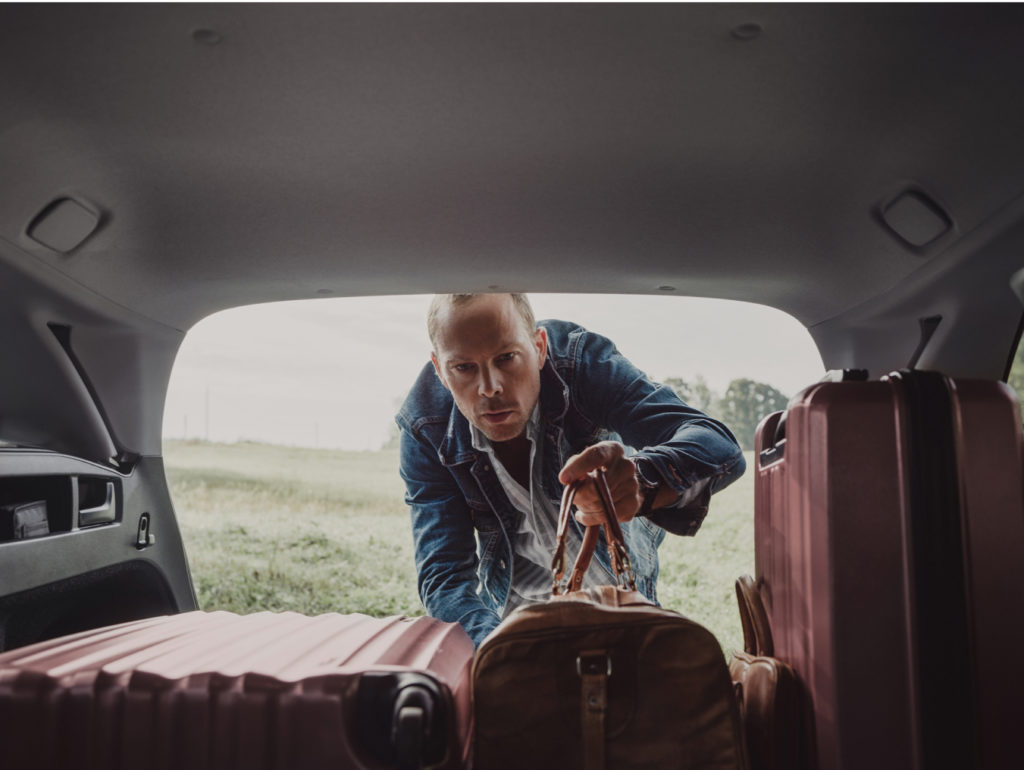
Wildfire Evacuation FAQ.
Evacuation orders should never be ignored. There are several reasons why someone may choose to stay when ordered to evacuate. One has to do with perception of risk. If a natural disaster (such as a wildfire) has not occurred in an area for many years, residents are more likely to perceive the risk as minimal. These people may resist believing that a rare and highly dramatic event could actually occur in their normal, everyday lives. On the other hand, if residents have already weathered many storms (or wildfires) which caused little personal damage, they may think authorities are “crying wolf.” Also, if they’ve endured one evacuation scenario after another, they may just be tired of it all. It is also possible that some people distrust authority figures
Regardless of the reason, evacuation orders should always be taken seriously. Failing to evacuate can put firefighters and rescuers in unnecessary danger and tie up critical evacuation resources at are needed to save lives.
Once a wildfire evacuation order is placed, it’s important to act quickly and calmly to get yourself and your family to safety without any hiccups. Be sure to dress appropriately. Even if your area is still relatively safe, you may have to drive through a more dangerous area. Be sure to wear a face covering, long sleeve shirt, long pants, a hat, eye coverings, and heavy shoes to protect yourself against burning embers and high temperatures. Follow the evacuation checklist items available on the Frontline app to ensure you don’t forget any critical steps.
After evacuating and reaching a safe location, there are a few more things you can do to prepare for the aftermath of the wildfires. If applicable, file an insurance claim. Many homeowner and wildfire insurance policies offer reimbursement for living expenses if you are forcefully displaced from your home due to a wildfire. While it can be tempting to return as soon as it looks like things are clearing up, stay put until local officials issue a statement indicating that it is safe to return. Return home only when safe. After receiving the order that it is safe, return to your home and carefully inspect it for damages. Evaluate the area for potential hazards, such as fallen trees, damaged utilities, broken water pipes, etc. If your home or property is damaged, you can file another insurance claim to cover property damages. After returning to your home, you can evaluate the damages to determine if you need to file a claim for property damages
In general, there are three common alerts relating to wildfire evacuation:
Shelter in place: Shelter in place means that you should take shelter where you are or at the nearest safe building. This is usually ordered when evacuation is either unnecessary or too dangerous.
Evacuation warning: An evacuation warning means that you should evacuate as soon as you can and that you have a little bit of time to gather supplies before leaving.
Evacuation order: An evacuation order means that you need to evacuate immediately without taking time to gather valuables or make any other preparations. Homeowners should follow evacuation orders carefully to avoid wildfire dangers.
Always adhere to instructions given to you by local authorities, and pay attention to these alerts to ensure you know what you need to do to stay safe during wildfire season
The Frontline Wildfire Defense System
Our exterior wildfire sprinkler system allows you to evacuate with the confidence that your home is being protected. Contact us today to learn more and see if our system might be right for your home.

